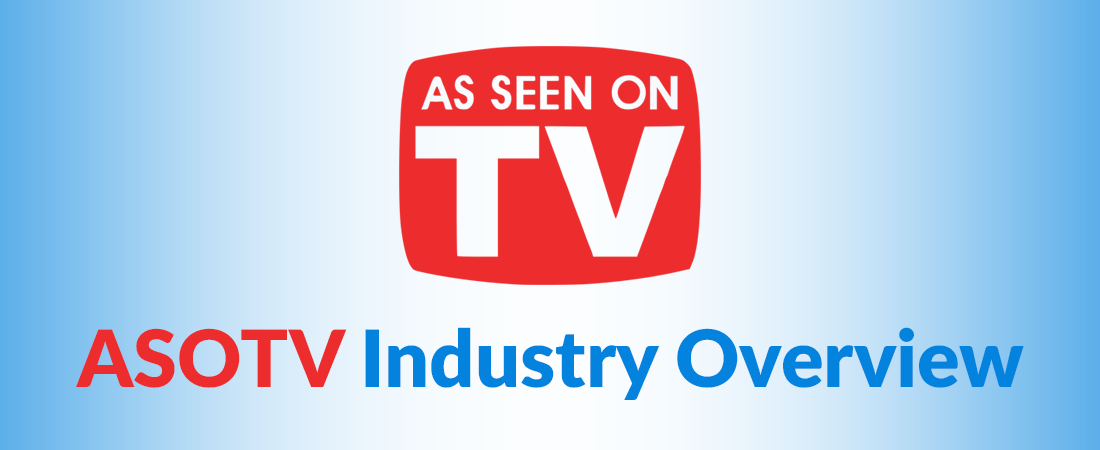
Asotv industry overview.
To do well inventing for TV, you have to take time to learn the industry. This is a blog that combines an article published in Inventor Digest, where my friend Earl Pardo, explains important facts about the Direct Response (DR-TV) industry, along with a few thoughts of my own.
ASOTV Industry Overview
The direct response television (DR-TV) or infomercial industry offers an ideal space for many independent inventors to license their products. In this business, the product is king. Successful products meet a certain criteria that inventors would do well to consider as they are inspired with solutions to common problems.
In the world of TV infomercials, “speed to marketplace tends to take precedence over patents, which can be a speed bump, says Earl Pardo, partner at infomercial company Media Corp. in Overland, Kansas.
A big seller recently has been the Magic Mesh, an easy-to-install screen partition for backdoors that Media Corp. licensed from a small company in Australia. Magic Mesh has no patent and, in fact, had been selling in catalogs for years, Pardo says.
Indeed, more important than intellectual property is whether a product already as a sales history, Pardo says.
Has your invention sold in catalogs, the Internet, shopping networks or tradeshows? If so, that demonstrates consumers have an interest in your product – and so may DRTV companies.
Another major consideration: margins. DRTV companies prefer to see multiples of five, meaning they can sell your product for five times what it costs to manufacture it.
These numbers are a part of business reality. Pardo and others say that too often, even seasoned inventors harbor unrealistic expectations when it comes to royalty rates.
Most licensing royalty rates are 2% to 5%.
“One of the biggest mistakes inventors make is getting afraid of a licensing deal because they hear 2-5%,” Pardo says. “They don’t understand that even 1% of an As Seen On TV product is worth hundreds of thousands of dollars.”
Companies that license take on the risk of manufacturing, quality control, distribution, marketing and inventory, among other things.
Testing Products
To test a product on DRTV can cost $50,000. If the product doesn’t test well in these limited TV runs, then the inventor typically gets the product back. But the DRTV company is still out the fifty grand.
Moreover, TV sales are not the real moneymakers, Pardo adds. The real money comes from landing space on retail shelves.
“We’re losing money on the TV side to create awareness on the retail-distribution side,” he says.
Even a successful DRTV run doesn’t guarantee retail success. The Jupiter Jack mobile phone device did well on TV, but didn’t when it hit the retail channel.
And in that case, “we have to take that product back,” Pardo says, “or mark it down.”
The same hot passion that drives inventors to invent can also blind them to stone-cold market and business realities.“
* quotes from Inventors Digest
FACEBOOK LINKEDIN YOUTUBE TWITTER
Carrie Jeske
asotv industry overview
